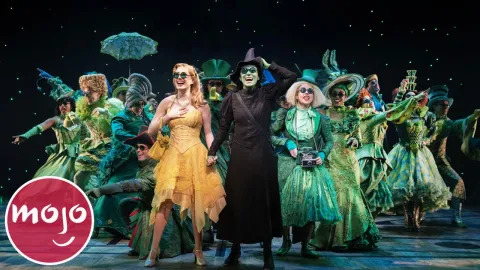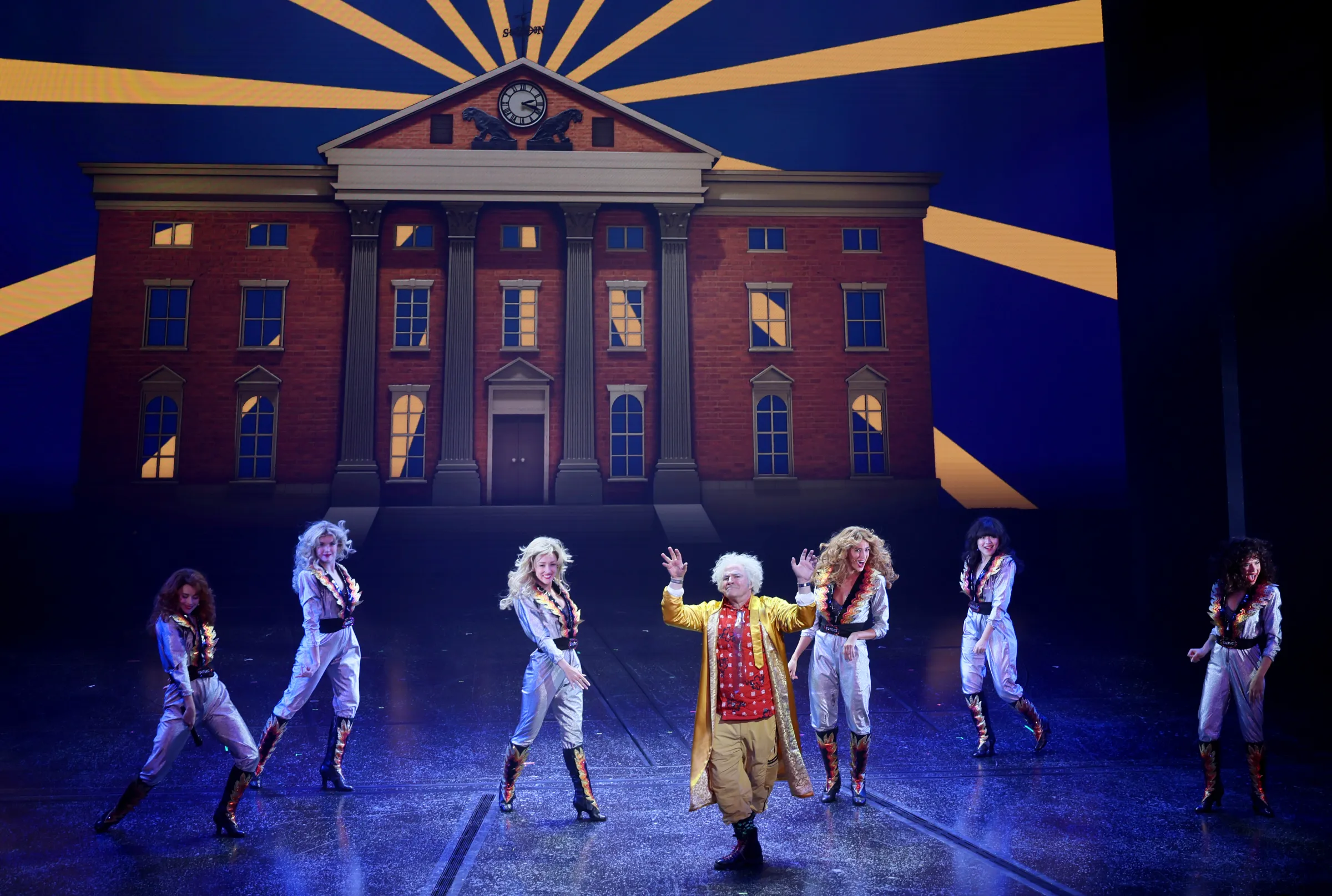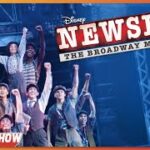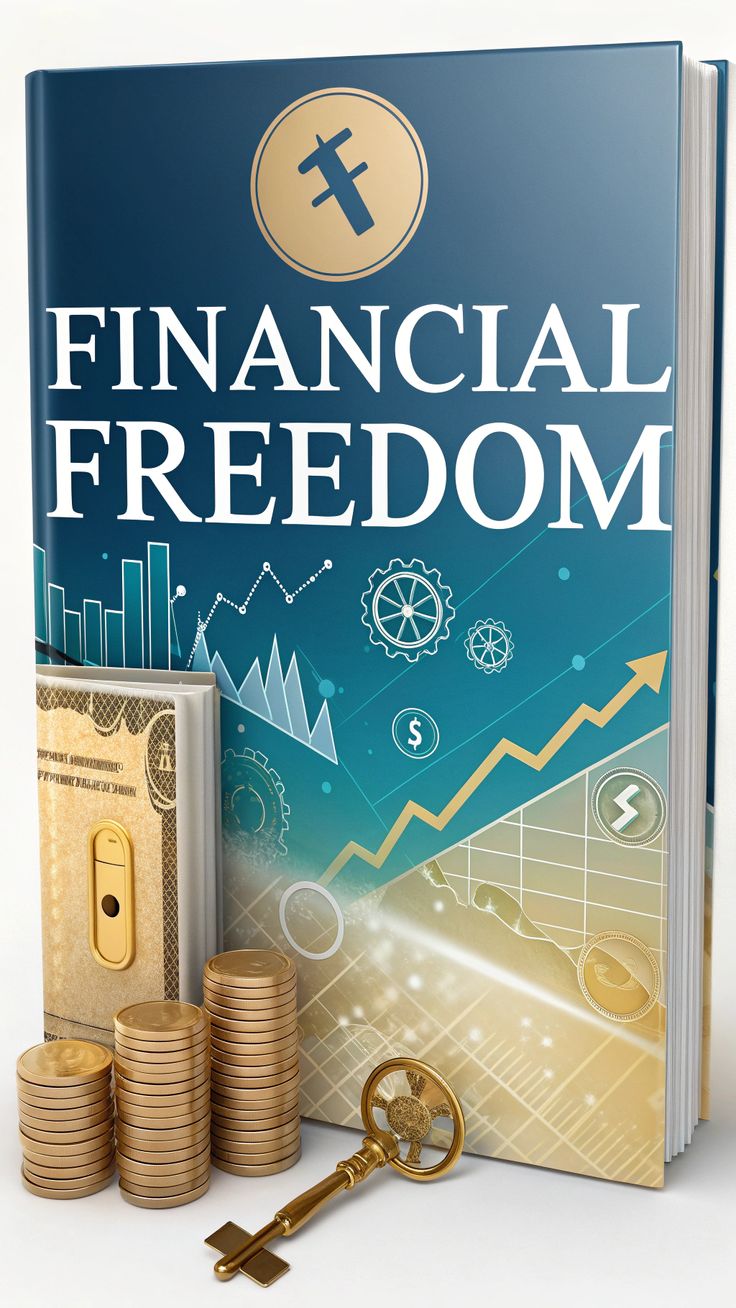
Broadway musicals are more than just theatrical performances; they are a reflection of society’s evolving narratives, emotions, and aspirations. From their humble beginnings to their current global influence, Broadway musicals have captivated audiences with their compelling stories, memorable music, and breathtaking performances.
The Birth of Broadway Musicals
The roots of Broadway musicals trace back to the early 20th century. One of the pioneering productions was Show Boat (1927), which integrated songs into a cohesive narrative, addressing serious themes like racial prejudice and societal norms. This marked a departure from the vaudeville-style shows that dominated the stage at the time .
As the years progressed, musicals began to evolve, incorporating more complex narratives and diverse musical styles. The 1940s and 1950s, often referred to as the “Golden Age” of Broadway, saw the rise of iconic productions such as Oklahoma! (1943), South Pacific (1949), and The Sound of Music (1959). These musicals featured lush orchestrations, elaborate dance numbers, and themes that resonated with the post-war audience .
The Golden Age of Broadway
The Golden Age of Broadway was characterized by a harmonious blend of music, lyrics, and storytelling. Composers like Rodgers and Hammerstein, Lerner and Loewe, and Irving Berlin crafted timeless classics that are still celebrated today. Musicals during this era often featured large ensembles, intricate choreography, and lavish sets, creating an immersive experience for the audience.
These productions not only entertained but also addressed pertinent social issues. For instance, South Pacific tackled racism and prejudice, while The King and I explored cultural differences and understanding. The success of these musicals solidified Broadway’s reputation as a platform for both entertainment and social commentary.
The Rise of Contemporary Musicals
As societal norms and tastes evolved, so did Broadway musicals. The late 20th and early 21st centuries introduced a wave of contemporary productions that pushed the boundaries of traditional musical theater. Shows like Rent (1996), Wicked (2003), and Hamilton (2015) brought fresh perspectives, diverse voices, and innovative storytelling techniques to the stage.
Rent, inspired by Puccini’s opera La Bohème, delved into the lives of young artists in New York City’s East Village, addressing themes of love, loss, and the HIV/AIDS epidemic. Wicked reimagined the story of the Wicked Witch of the West, exploring themes of friendship, identity, and societal expectations. Hamilton, a groundbreaking musical by Lin-Manuel Miranda, blended hip-hop with historical narrative, chronicling the life of American Founding Father Alexander Hamilton.
These contemporary musicals not only garnered critical acclaim but also attracted a new generation of theatergoers, ensuring the continued relevance of Broadway in the modern era.
Broadway’s Global Influence
The impact of Broadway extends far beyond the streets of New York City. Many Broadway productions have been adapted into successful international tours and film adaptations. The Lion King, for example, has been performed in over 100 cities worldwide, earning more than $9 billion globally .
Additionally, the influence of Broadway can be seen in various aspects of popular culture. Songs from musicals like The Phantom of the Opera, Cats, and Hamilton have permeated mainstream music, being played on radio stations and covered by popular artists . The distinct styles of dress and design from some musicals have also influenced fashion trends and costume design beyond the theater world.

The Anatomy of a Broadway Musical
A typical Broadway musical is a collaborative effort that involves various elements working in harmony:
- The Book (Script): The narrative and dialogue that form the backbone of the musical.
- The Score (Music & Lyrics): The songs that drive the story forward and convey the emotions of the characters.
- Choreography and Movement: The dance sequences that enhance the storytelling and add visual appeal.
- Set Design and Costumes: The visual elements that create the world of the musical and help immerse the audience.
Each component plays a crucial role in bringing the story to life, ensuring a cohesive and engaging experience for the audience.
Diversity and Inclusion on Broadway
In recent years, there has been a concerted effort to make Broadway more inclusive and representative of diverse voices. Productions like Hamilton have featured ethnically diverse casts in roles traditionally portrayed by white actors, opening doors for underrepresented voices in theater.
Additionally, musicals such as Fun Home, The Prom, and Kinky Boots have centered LGBTQ+ stories, providing visibility and representation for queer communities . These efforts have not only enriched the narratives on stage but have also fostered a more inclusive and welcoming environment within the Broadway community.
The Economic Impact of Broadway
Broadway is not only a cultural powerhouse but also a significant economic driver. Prior to the pandemic, Broadway productions collectively earned more than $1.8 billion annually, drawing millions of tourists to New York City and providing employment to thousands of individuals, from actors and musicians to stagehands and ushers.
The economic impact extends beyond ticket sales. Broadway shows contribute to local businesses, including restaurants, hotels, and retail stores, creating a ripple effect throughout the city’s economy. The resurgence of Broadway following the pandemic has further underscored its importance as an economic and cultural asset.
Broadway in the Digital Age
The advent of digital technology has transformed how audiences experience Broadway. While live theater remains the gold standard, many productions have embraced digital platforms to reach a broader audience. Filmed versions of musicals like Hamilton and Come From Away have been released on streaming services, allowing viewers worldwide to enjoy these performances from the comfort of their homes .
Social media platforms have also played a pivotal role in promoting Broadway shows, with fans sharing clips, reviews, and behind-the-scenes content. This digital presence has helped cultivate a global community of theater enthusiasts and has introduced Broadway to a new generation of fans.
Experiencing Broadway
Attending a Broadway show is a unique and memorable experience. For those planning their first visit, here are some tips:
- Choose Your Show: Research current productions and select one that aligns with your interests.
- Purchase Tickets in Advance: Popular shows often sell out quickly, so it’s advisable to buy tickets ahead of time.
- Arrive Early: Arriving 30–45 minutes before showtime allows you to find your seat and settle in.
- Follow Theater Etiquette: Mute your phone, refrain from talking during the performance, and applaud at appropriate moments.





